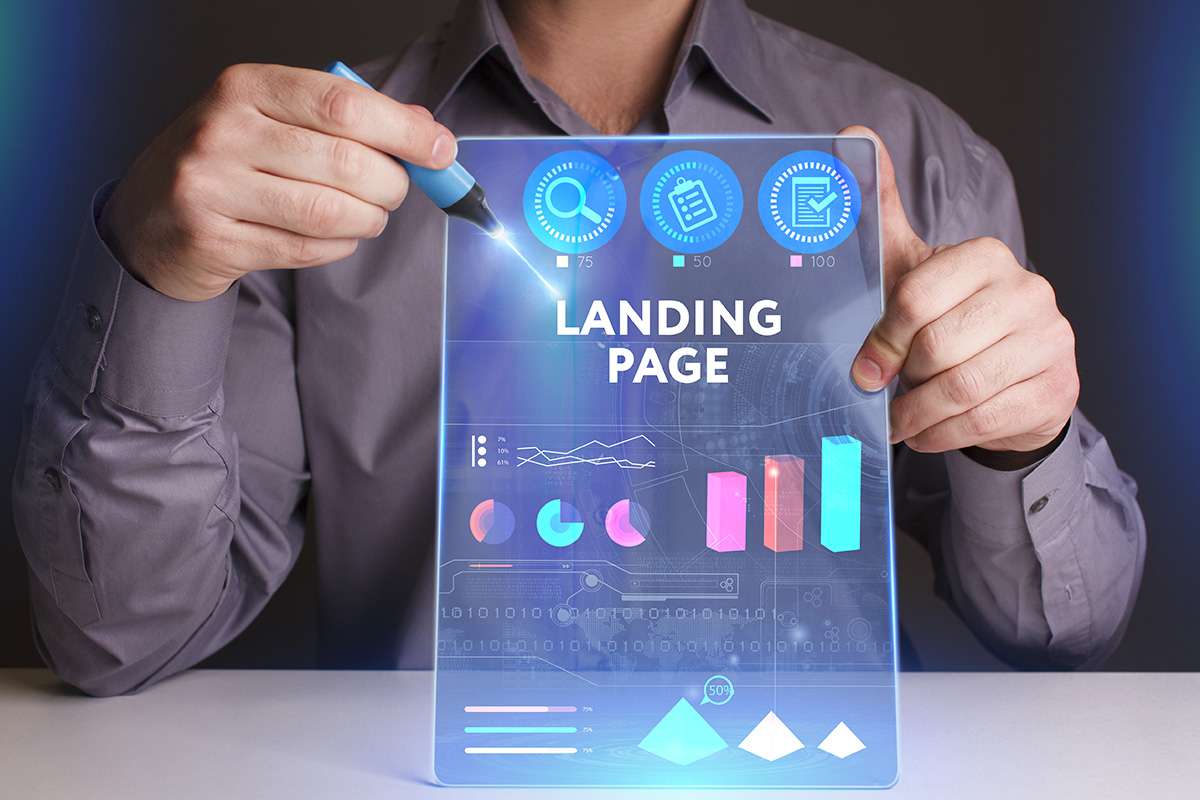In digital marketing, well-crafted effective landing pages can be the difference between a successful campaign and a missed opportunity. Landing pages serve as the gateway to your website, often with a singular goal in mind, whether it’s capturing leads, selling a product, or promoting an event. To create landing pages that convert, follow this step-by-step guide to ensure your pages are not only visually appealing but also optimised for performance.
1. Define Your Goal
The first and most crucial step in creating an effective landing page is to define its purpose. Be clear about what you want to achieve with this page. Are you looking to collect email addresses, sell a product, promote an event, or something else entirely? Your goal will shape the entire structure and content of the landing page.
2. Know Your Audience
Understanding your target audience is key to crafting a landing page that resonates with them. Conduct thorough research to identify their pain points, preferences, and needs. Use this information to tailor your messaging and design to speak directly to your audience.
3. Keep It Simple
Simplicity is the name of the game when it comes to landing pages. Avoid clutter, distracting elements, and excessive information. Your landing page should have a clean and uncluttered design, with a clear and compelling headline that grabs the visitor’s attention.
4. Create a Captivating Headline
Your headline is the first thing visitors will see, so make it count. It should be concise, relevant to your goal, and highlight the value proposition of your offer. A strong headline can significantly increase the chances of visitors staying on your page and taking the desired action.
5. Craft Compelling Copy
The copy on your landing page should be concise, persuasive, and easy to understand. Clearly explain the benefits of your offer, address the visitor’s pain points, and include a clear call to action (CTA). Use bullet points, subheadings, and short paragraphs to make the content scannable.
6. Use High-Quality Images and Videos
Visual elements can make a significant impact on your landing page’s effectiveness. Use high-quality images and videos that are relevant to your offer and support your message. Visual content can help convey information quickly and engage visitors on a deeper level.
7. Design for Mobile Responsiveness
With the increasing use of mobile devices, it’s essential to ensure your landing page looks and functions well on all screen sizes. Use a responsive design that adjusts to different devices and screen orientations to provide a seamless user experience.
8. Implement Trust Signals
Building trust is vital for landing page success. Include trust signals such as customer testimonials, reviews, security badges, and any relevant certifications. These elements reassure visitors that your offer is credible and trustworthy.
9. Optimise Page Load Speed
Slow-loading pages can deter visitors and harm your conversion rates. Optimise your landing page for speed by compressing images, minimising code, and using content delivery networks (CDNs) to deliver assets quickly to users.
10. A/B Testing
To fine-tune your landing page’s performance, conduct A/B tests. Create multiple versions of your page, each with slight variations, such as different headlines, CTAs, or images. Test these versions with real users to determine which elements yield the best results, then implement the winning changes.
11. Clear Call to Action (CTA)
Your CTA is the action you want visitors to take. Make it stand out with contrasting colors, clear language, and a sense of urgency. Avoid generic phrases like “Click Here” and be specific about what will happen when they take action, such as “Get Started,” “Download Now,” or “Join the Newsletter.”
12. Track and Analyse
Use analytics tools like Google Analytics or specialised landing page analytics to monitor the performance of your landing page. Track metrics like conversion rate, bounce rate, and user behaviour to make informed improvements over time.
13. Continual Optimisation
Landing page optimisation is an ongoing process. Regularly revisit and update your landing pages based on user feedback and performance data. The digital landscape is constantly changing, and what works today may not work as well tomorrow.
In conclusion, creating good effective landing pages requires a blend of art and science. It’s about understanding your audience, delivering a compelling message, and designing a page that guides visitors toward your desired action. By following these steps and continually refining your approach, you can build landing pages that consistently drive results and contribute to the success of your digital marketing efforts.
For more information on Crafting Effective Landing Pages contact Click Return.


